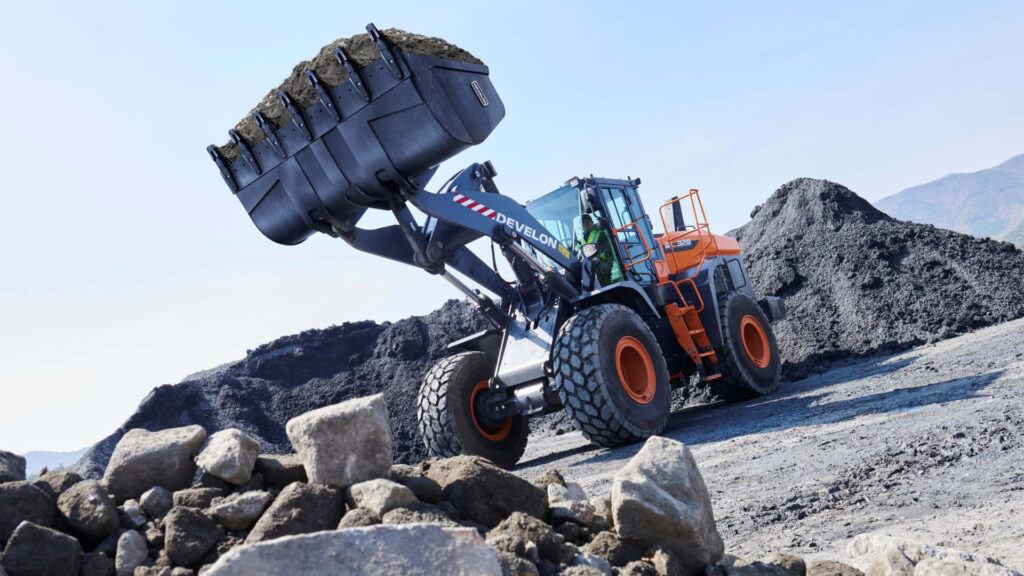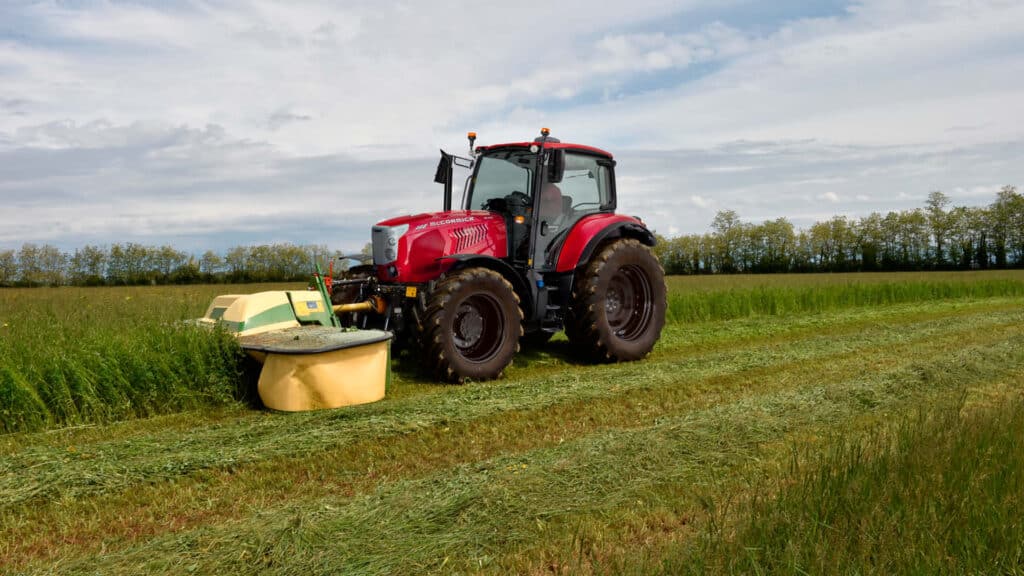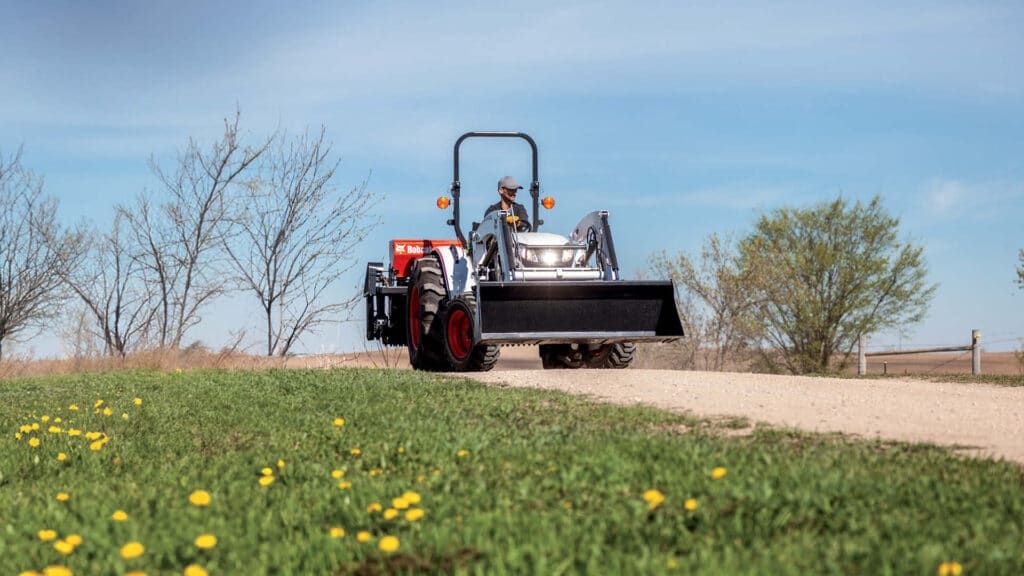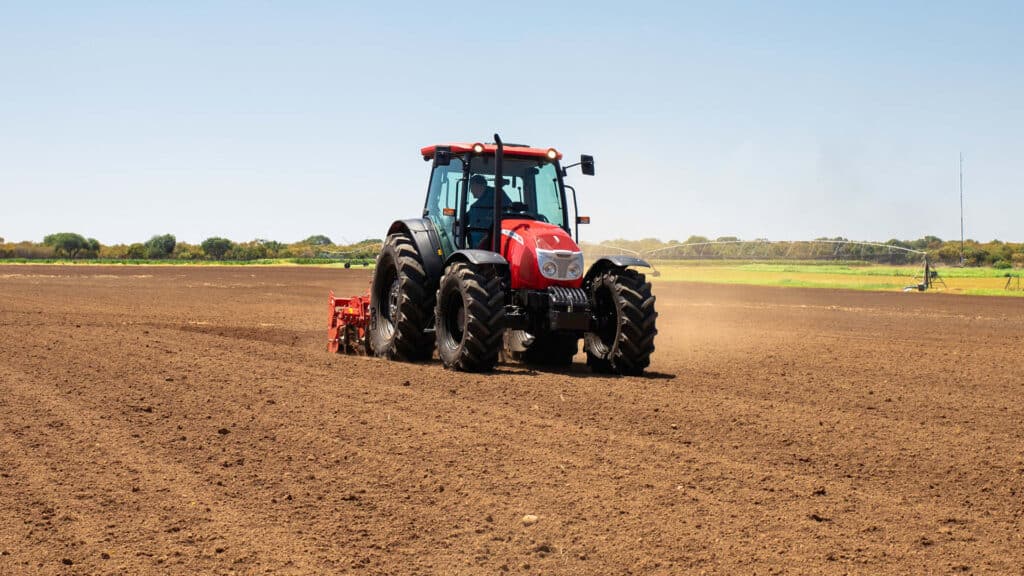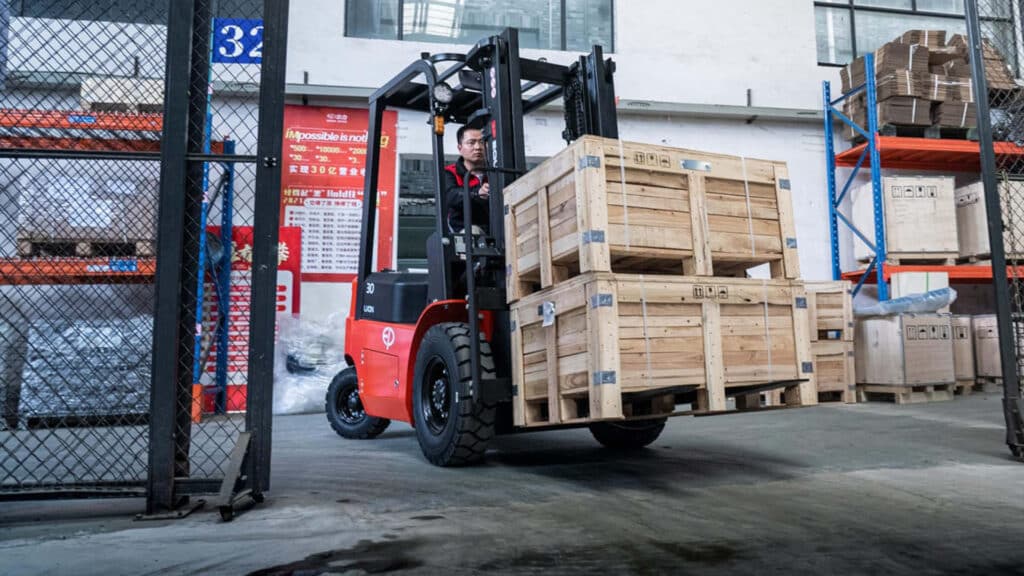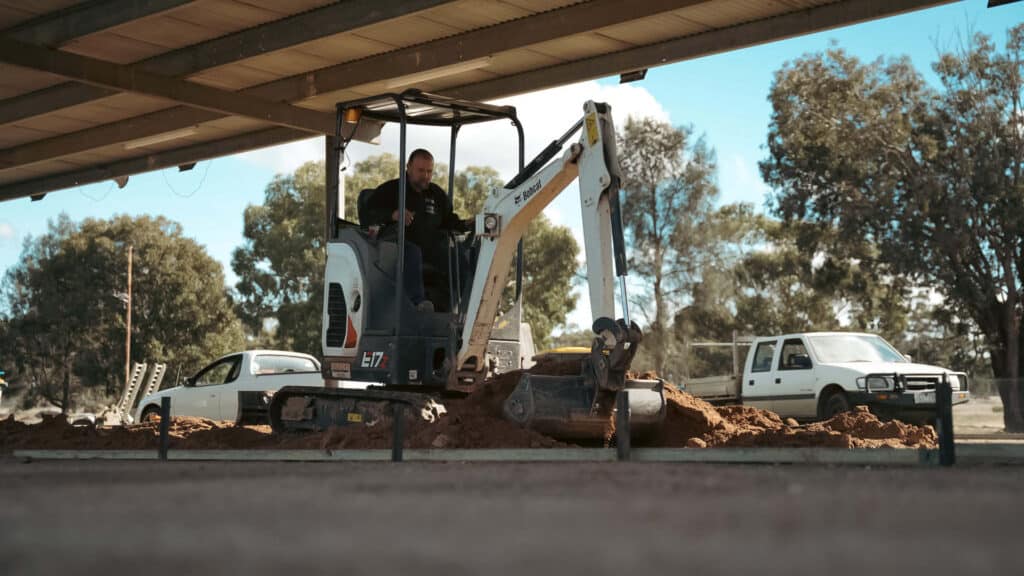Some choices in life aren’t made in spreadsheets — they’re made in the gut. And when it comes to mowing your lawn, the classic zero turn vs ride on mower debate isn’t just about specs or stats. It’s about how it feels to command the machine. One is functional. The other? Surprisingly fun. You don’t just cut the grass — you glide across it like a lawn care ninja with a joystick.
Sure, both zero turn mowers and ride on mowers cut grass. But only one makes you feel like you’re piloting a machine built for joy, not just chores.
This article won’t just tell you which mower is faster or cheaper.
It’ll explain why the ride — and not just the result — should guide your choice.
Are zero turns better than ride on mowers?
Short answer? Yes, for many people. But not because of what you think.
Zero turn mowers aren’t just faster or more precise (although they are).
They’re better because they give you a feeling of control. Of effortlessness. Of not having to do three clunky turns just to mow around a tree stump.
They feel better.
And that’s the kind of irrational advantage that makes all the difference.
Tractor mower vs zero turn: What’s the real difference?
A standard tractor mower is like driving a ute with the turning circle of a cruise ship.
It’ll do the job, eventually. But if your yard has curves, trees, or garden beds, you’ll spend more time reversing than mowing.
Now imagine a zero turn. It turns on the spot. Glides like a dancer.
It’s the lawn-care version of flicking a pencil around your fingers while thinking deep thoughts — effortless, elegant, and kind of cool.
The real difference?
The tractor mower makes you work around it.
The zero turn works around you.
Ride on vs zero turn mower: Which one saves time?
Let’s do some time-travel math.
- A traditional ride-on mower might take you 90 minutes to finish a medium-sized block.
- A zero turn could do the same job in just over 45 minutes.
Now multiply that by 40 weekends a year.
That’s 30 hours saved. That’s a long weekend, a fishing trip, or 10 full games of footy with time for halftime snacks.
A zero turn doesn’t just cut grass.
It gives your time back — and no ride-on mower can compete with that.
Ride on mower zero turn confusion: Let’s clear it up.
People sometimes think a ride on mower is a zero turn. It’s not.
Yes, both let you sit down and mow. But the steering system in a zero turn is totally different. It’s more like controlling a tank than a car — each wheel can spin independently, which is how it turns on a dime.
Think of it like this:
- A ride-on is a comfy old sedan.
- A zero turn is a go-kart with a laser-guided steering system.
Once you try one, you’ll never look back.
Except to admire the perfect strip of grass behind you.
So… are zero turns better?
You tell us.
- Do you want to finish faster?
- Do you want to avoid hitting trees and garden beds?
- Do you want to enjoy mowing your lawn?
Because if the answer to any of those is yes, then yes — zero turns are better.
At Delecca’s, we’ve helped everyone from small block owners to hobby farmers find the right mower for their patch of green. And time and time again, zero turn owners are the ones smiling at the end of the job.
Ready for the better mower?
Come test one out.
We’ll even let you bring a stopwatch.
Book a demo today or call 1300 77 88 26 to speak with a local expert.
Your weekend deserves a better mower — and you’ll feel the difference the moment you take the first turn.

